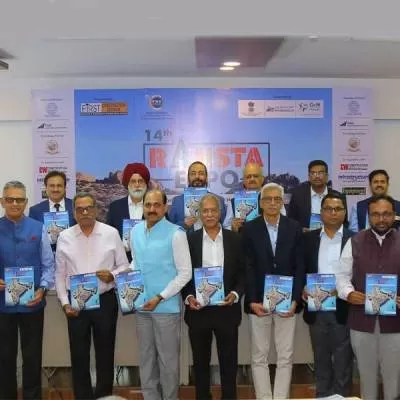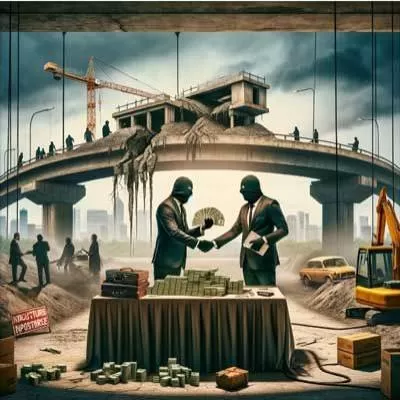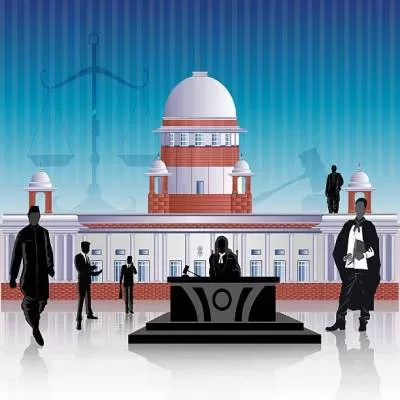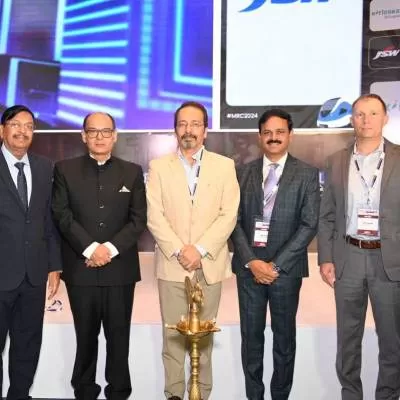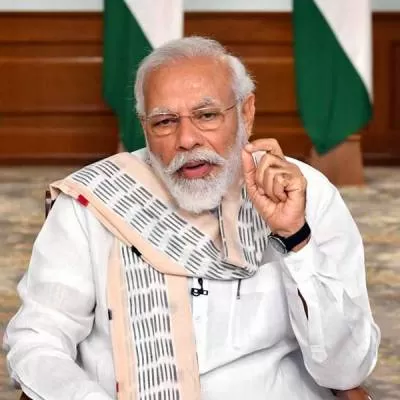- Home
- Infrastructure Urban
- ECONOMY & POLICY
- How to restart the economy during COVID-19!
How to restart the economy during COVID-19!
Read full article
CW Gold Benefits
- Weekly Industry Updates
- Industry Feature Stories
- Premium Newsletter Access
- Building Material Prices (weekly) + trends/analysis
- Best Stories from our sister publications - Indian Cement Review, Equipment India, Infrastructure Today
- Sector focused Research Reports
- Sector Wise Updates (infrastructure, cement, equipment & construction) + trend analysis
- Exclusive text & video interviews
- Digital Delivery
- Financial Data for publically listed companies + Analysis
- Preconceptual Projects in the pipeline PAN India
Apart from the health of the nation, the health of the economy is important too, writes PRATAP PADODE, as he shares recommendations on restarting the economy.Our Prime Minister has spoken. The lockdown has been extended to May 3, 2020. Millions of Indians are feeling let down with the extension. While the lockdown hit thousands of migrant workers hard, it did ease the pressure on health workers who are hard pressed to handle the mounting number of patients. But how will life restart once the lockdown is removed? Will it be business as usual? The lockdown has not solved anything; it has only eased the pressure on our healthcare system by limiting the infection. The new normal will begin unfolding once the lockdown is lifted. And until a vaccine is developed, this would include:Home delivery.E-commerce.Digital banking.Video calls and Zoom/Skype meetings.Webinars.25 per cent attendance in offices, public transport, public places.Sanitisation zones before you enter any commercial establishment.20 per cent of traffic for travel and hospitality; thus, soaring air fares.Retail: 100 per cent essentials and groceries and 25 per cent on other items if not through e-commerce.However, with GDP growth being projected at under 2 per cent, India needs to commence work to revive the economy by insulating itself from the vicious impact of the pandemic.Is the government doing enough to handle the crisis?While the government is already taking multiple actions – like enhancing testing facilities, quarantining patients, creating capacity with medical facilities, isolating red zones of infection, monitoring areas through CCTV and police patrol – much more can be done. As a vaccine is still at least nine months away, testing facilities can be provided where people can drive in and get themselves tested; testing kit production should be ramped up so that these kits are available in grocery stores too; and the production of PPE needs to be enhanced so it is available aplenty not just to health workers and essential medics but other healthcare practitioners like dentists, ENT specialists and so on. Further, it should also be availableto beauticians and hairdressers, among others. A financial package of `1.7 trillion has already been announced for the economically weaker sections. Another one is in the works for business and industry. The US has announced $2.3 trillion, while the European Union has announced $500 billion in terms of relief packages. Expectations in India are ranging from 1-5 per cent of the GDP. Bengaluru-based real estate and hospitality corporate Brigade Group’s Chairman & Managing Director MR Jaishankar emphasised to CW over a video interview the need for India to extend the amount of economic aid upto 5 per cent of GDP. Whatever the current largesse announced, there will undoubtedly be a need for a further injection as the pandemic impact plays out. That said, India will certainly not emerge unscathed. But our leadership can minimise the adverse impact.Construction and infrastructure can kickstart the economic engineApart from the health of the nation, the health of the economy is important too. Industries that are financially sound and have the financial muscle to provide for (or already have) industrial campuses for their workers and staff to live and work, should be encouraged to commence operations provided health and sanitisation rules are governed by the employers and discipline can be enforced. Steps have already begun in this direction (see Cover Story, ‘Roads to Recovery’). And Union Minister for Roads, Highways and MSMEs Nitin Gadkari’s efforts to resume road maintenance work in sparsely populated and low-risk areas and get funds released to bring liquidity into the accounts of contractors are sure to bring back confidence.But what about small businesses?Small businesses that are part of the supply chain of larger companies need to have a dialogue with their buyers, which are large corporations, on provision of safety gear and facilities to adhere to production schedules. Fertilisers, chemicals, pharmaceuticals, municipal corporations, defence, etc, are already working by observing safety protocols. Industrial estates and complexes can similarly make it mandatory for their zones to have an understanding on mandatory conditions. Here, the penalty would be that the discovery of a single infected person could bring the entire complex under a lockdown. Hence, only responsible companies that are part of such complexes can take this call.Small businesses are being constantly reminded that they should not retrench employees but they do not have any means of keeping afloat. The deferment of EMIs for three months is a good step but the offer of payment of provident fund dues by the government has riders that exclude several small businesses. Loans to small businesses are not provided without security, though the government is intending that banks would act otherwise. Extending greater loans to keep small businesses afloat may also seep the enterprises into debt as their business model may not stand the test of time with the revised decline in demand after the pandemic. Entrepreneurs need to examine the break-even point under revised circumstances and assume the responsibility of further debt.Relief must include ease in compliance of GST, leniency in NPA norms for banks, and provision of an additional 50 per cent working capital limit for tax-filing firms on existing limits without any additional security. A relief package for sustaining small businesses is in the works and must help address liquidity issues on an urgent basis without too much red tape (see CW’s recommendations for a relief package for SMEs in Cover Story, ‘Roads to Recovery’). There is also an urgent need to refund taxes and release incentives to exporters.The future, post COVID-19COVID-19 will have a lasting impact on how we live and work. Sanitisation zones would be created as workers enter factories and industries; they would pass through a large covered facility emitting an electronic sanitiser by illumination. Anti-microbial LED lighting has already been introduced. Such emission through lighting could disinfect workplaces and people entering these facilities. This could practically be utilised in offices, homes, gyms, malls, retail shops, clinics, hospitals, stations and airports and could well become the new norm in lighting technology.The transformation in our lives could take many forms:No need for physical meetings in the same building or even complex when they can be conducted through video conferencing.No need to attend physical conferences when the same purpose can be achieved through webinars.Only staff that requires to be physically present in an office needs to attend; the rest could have the flexibility of working from home with software to monitor output.Reduced travel needs with video conferencing taking centre stage.A larger work force can enter the working stream with the acceptance of the ‘work-from-home’ concept. Especially women, who take a sabbatical after starting a family, could return to work much sooner.Unemployment could dampen demand for home buying with rentals becoming the preferred mode of living.Commercial spaces will become available in the real-estate market as more and more firms claim bankruptcy, whether in retail, hospitality, travel or malls.Air travellers would seek the ‘most hygienic airline’ instead of the ‘lowest cost airline’. Delta Air Lines, for example, is fogging its aircraft with a high-grade EPA-registered disinfectant, while another US-based airline is sanitising check-in and gate counters, in-flight entertainment screens, galley surface areas and service carts. Air fares and restaurant charges would treble if they have to recover the same revenue from fewer customers in keeping with social distancing and other safety norms.Indeed, a brave new world is yet to unfold and it is not for the faint-hearted. You have to decide whether you have the capacity to weather the storm or stay under cover with the hope of springing back. Either way, there will be pain. Relief is but several months away.


